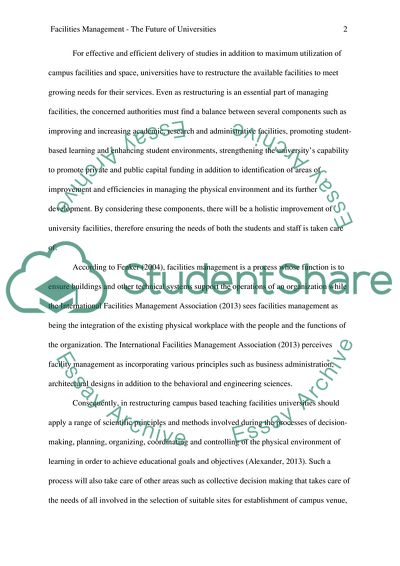Cite this document
(Facilities Management: The Future of Universities Term Paper, n.d.)
Facilities Management: The Future of Universities Term Paper. https://studentshare.org/education/1808610-facilities-management-the-future-of-universities
Facilities Management: The Future of Universities Term Paper. https://studentshare.org/education/1808610-facilities-management-the-future-of-universities
(Facilities Management: The Future of Universities Term Paper)
Facilities Management: The Future of Universities Term Paper. https://studentshare.org/education/1808610-facilities-management-the-future-of-universities.
Facilities Management: The Future of Universities Term Paper. https://studentshare.org/education/1808610-facilities-management-the-future-of-universities.
“Facilities Management: The Future of Universities Term Paper”. https://studentshare.org/education/1808610-facilities-management-the-future-of-universities.


